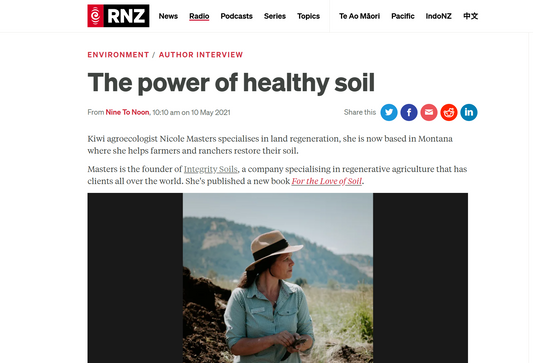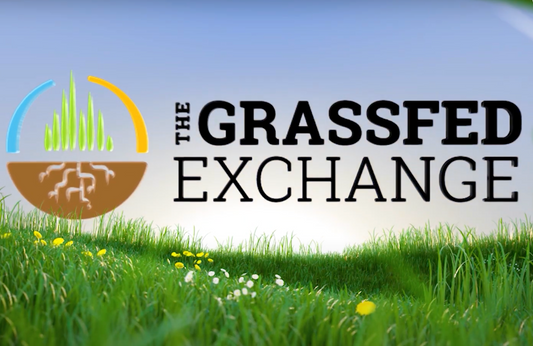Recently we measured the infiltration on a property that took over 36 mins for 5mm of water to enter. These soils are known as non-wetting or hydrophobic soils; they’re literally afraid of water. An inch of rainfall here does not mean an inch of rain for the soil, leading to runoff and evaporation of this vital resource. Not good news for the farmer, his pasture performance or waterway health (think flash flood!).
Read more on the infiltration test here.
What makes soils hydrophobic?
With sandy soils, or soils which have been dry for long periods of time, microbes, particularly fungi form waxy coatings to protect themselves. Organic materials and soil pests such as mealy bugs also leave waxy residues behind.
Bare soils create surfaces vulnerable to the impact from raindrops and wind, forming surface crusts which restrict air and water movement. Overgrazing can also create hydrophobic soils, from a combination of poor plant cover, animal impact, zero plant exudates and compaction.
What’s the solution?
Management of groundcover is huge. And as you may be starting to guess from reading my blogs… the answer lies with the microbes! There are specific organisms which eat chitin (what fungal hyphae are made of) and ones which degrade waxes such as; Serratia marcescens, Pseudomonas aeruginosa, many actinomycete spp and Bacillus subtilis.
Many of these organisms are available as commercial innoculants or biocontrols. For instance Serratia, commonly known as amber disease, is a bacteria known to infect and kill grass grub.
So you could go and purchase these products, however one of the best sources for many of these organisms comes out the back end of earthworms! Stimulating earthworms is your best measure, however if your soils are too dry for worms, then you’re at the bottom of one vicious cycle.
Taking an extract from good quality worm castings would be the next best place to go. If in doubt always go to the original soil experts…the humble earthworm.




